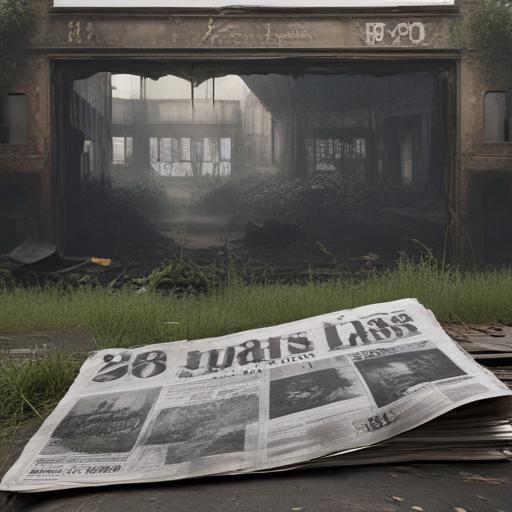“28 Years Later” continues the story of a post-apocalyptic Britain ravaged by the Rage Virus, introducing new threats and challenges for its survivors. The film follows a 12-year-old boy named Spike, played by Alfie Williams, who lives with his father Jamie (Aaron Taylor-Johnson) on the isolated island of Lindisfarne. This community is shielded from the virus’s reach by the tides.
The film’s director, Danny Boyle, revealed that the infected have evolved since the original movie, presenting survivors with new types of adversaries. Among these new threats are the “Slow Lows,” grotesque figures with bloated bodies and mottled skin that crawl on the ground. Although easier to dispatch from a distance, their piercing screams attract attention, creating a significant threat.
In contrast, the “Alphas” are far more formidable. Characterized by their immense size and strength, one notorious Alpha, nicknamed Samson, can rip a soldier apart with his bare hands. Jamie explains to Spike that some individuals with the Rage Virus exhibit enhanced properties, resembling the effects of steroids, making them resilient to injuries. This terrifying new breed of infected leads to suspenseful moments, particularly when Spike and his mother, Isla (Jodie Comer), venture to the mainland, risking their lives to find a mysterious doctor, encountering Alphas that propel the tension to new heights.
The evolution of the infected in “28 Years Later” not only heightens the horror elements but also adds layers of complexity to the survivors’ struggle for safety and survival. The film pivots on themes of compassion, as seen when Jamie chooses not to kill a Slow Low girl, revealing a glimmer of humanity amid devastation.
Overall, “28 Years Later” offers an intriguing blend of horror and suspense while exploring the dynamics of survival against evolving threats in a drastically changed world.
